Bumps & Blisters, a Visual Guide to Poison Ivy and Oak Rash
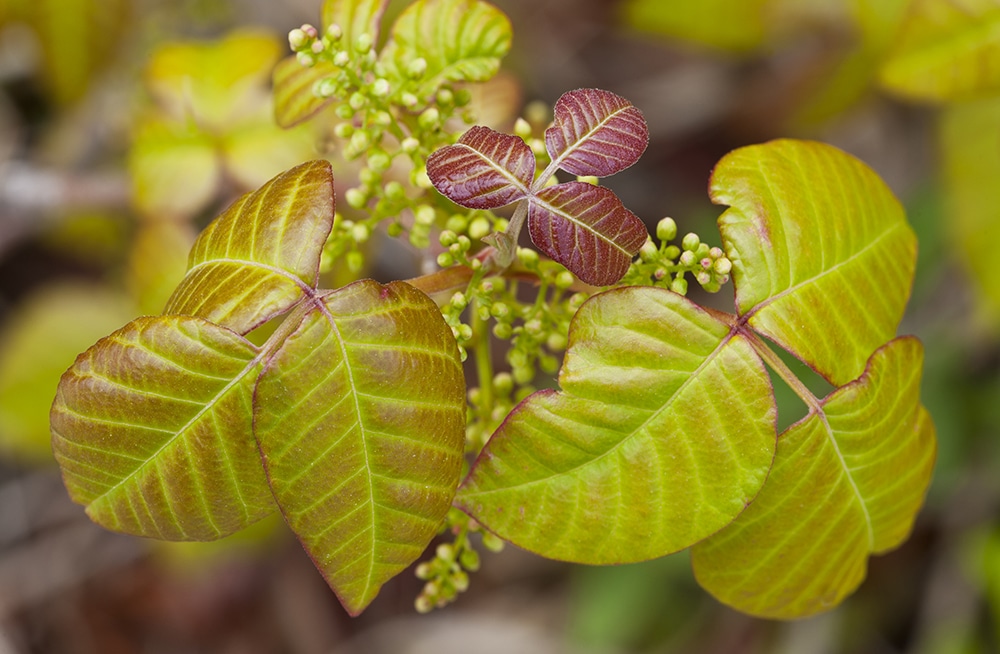
Exploring the great outdoors brings us closer to nature and exposes us to hazards like poison ivy and oak. These plants contain urushiol, an oily resin that triggers an allergic reaction upon contact with the skin, leading to rashes commonly known as poison ivy rash and poison oak rash. Recognizing these rashes' symptoms and visual characteristics is essential for effectively managing and preventing further discomfort.
What Are the Symptoms of Poison Ivy Rash?
Poison ivy rash typically manifests with a range of symptoms, including:
- Itching: The most common symptom of poison ivy rash is intense itching, which can be accompanied by a burning or stinging sensation.
- Redness: The affected skin area often becomes red and inflamed, indicating an allergic reaction.
- Swelling: Swelling may occur in the affected area, leading to discomfort and a puffy appearance.
- Bumps or Blisters: Small bumps or fluid-filled blisters may develop on the skin, contributing to the characteristic appearance of the rash.
These symptoms usually appear within a few hours to several days after exposure to the urushiol oil present in poison ivy plants.
What Does Poison Ivy Rash Look Like?
Poison ivy rash typically presents as clusters of red, itchy bumps or blisters on the skin. The rash may have a streaky or linear pattern if the skin touches the plant's leaves or vines. In severe cases, the rash can spread over a large body area, causing considerable discomfort and distress.
What Does Poison Oak Rash Look Like?
Poison oak rash shares similarities with poison ivy rash regarding its appearance and symptoms. It presents as red, itchy bumps or blisters on the skin and may develop within 24 to 72 hours after exposure to the plant's urushiol oil. Like poison ivy rash, poison oak rash can also spread and worsen without proper treatment.
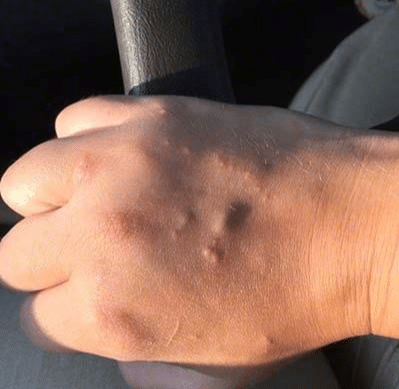
Poison Ivy Rash on Hands
Contact with poison ivy while gardening or engaging in outdoor activities can lead to rash development on the hands. The rash may appear as raised bumps or blisters, often accompanied by redness, swelling, and intense itching. Since the hands are frequently exposed to potential sources of contamination, thorough cleansing with a Tecnu Cleanser to remove any traces of urushiol oil.
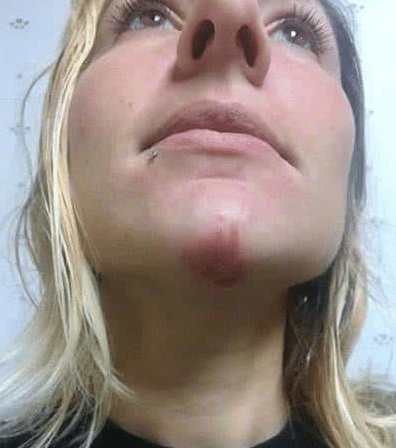
Poison Ivy Rash on Face
Poison ivy rash on the face can be particularly distressing due to its visibility and potential impact on facial expressions. The rash may cause red, swollen patches with small blisters, leading to discomfort and cosmetic concerns. Avoiding touching or scratching the rash is crucial to prevent further irritation and the risk of infection.
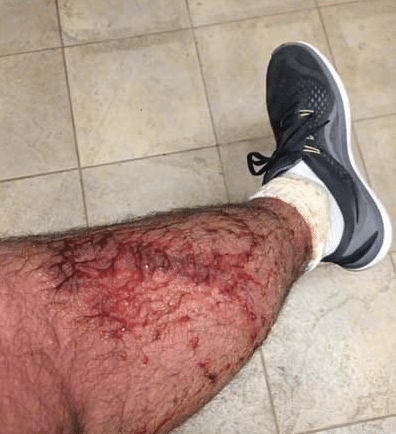
Poison Ivy Rash on Legs
Rashes from poison ivy on the legs may present as raised bumps or blisters, causing discomfort with movement. The rash may spread rapidly if not treated promptly, making everyday activities challenging.
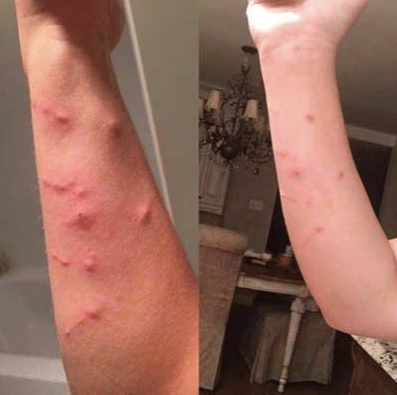
Poison Ivy Rash on Arms
Rashes from poison ivy on the arms often appear as raised bumps or blisters, along with redness and swelling. The rash may follow a linear or streaky pattern on the skin, indicating the areas of contact with the plant.
How Does Poison Ivy Rash Spread?
Poison ivy rash can spread through direct contact with urushiol oil or indirect contact with contaminated objects such as clothing, gardening tools, or pets. Additionally, scratching the rash can cause the transfer of the irritant to unaffected areas of the skin, leading to the development of new rashes.
How to Treat Poison Ivy Rash
Dealing with a poison ivy rash requires prompt and effective treatment. The Ivy Complete Kit has everything you need to tackle an uncomfortable reaction to poison ivy or poison oak. Tecnu Cleanse is your first line of defense, swiftly removing rash-causing oils even after initial contact to prevent the rash from spreading. Follow up with Tecnu Treat, a maximum-strength anti-itch gel that soothes and calms irritated skin, providing fast relief without the mess. For on-the-go prevention, use Tecnu Detox Wipes to wipe away rash-causing oils immediately upon contact. Whether it's poison ivy, oak, or sumac, the Tecnu Ivy Complete Kit has you covered, ensuring you can confidently conquer the outdoors without discomfort or worry.
How to Prevent Poison Ivy Rash
Preventing poison ivy rash involves taking proactive measures to avoid contact with poison ivy and oak plants:
- Learn to identify poison ivy and oak plants and avoid touching them.
- Wear protective clothing, including long sleeves, pants, gloves, and closed-toe shoes, when venturing into areas where these plants may be present.
- Wash exposed skin with a Tecnu Cleanser like Tecnu Original immediately after potential exposure to poison ivy or oak plants to remove any traces of urushiol oil.
- Clean contaminated objects, such as clothing, gear, and pets, with Tecnu Detox Wipes to prevent the spread of urushiol oil.
Recognizing the symptoms and visual characteristics of poison ivy and oak rash is essential for effective management and prevention. By understanding how these rashes present and taking preventive measures, individuals can minimize discomfort and enjoy outdoor activities safely. If symptoms persist or worsen despite self-care measures, seeking medical attention for appropriate treatment is advisable. With knowledge and awareness, you can protect yourself and others from the unpleasant effects of exposure to poison ivy and oak.




